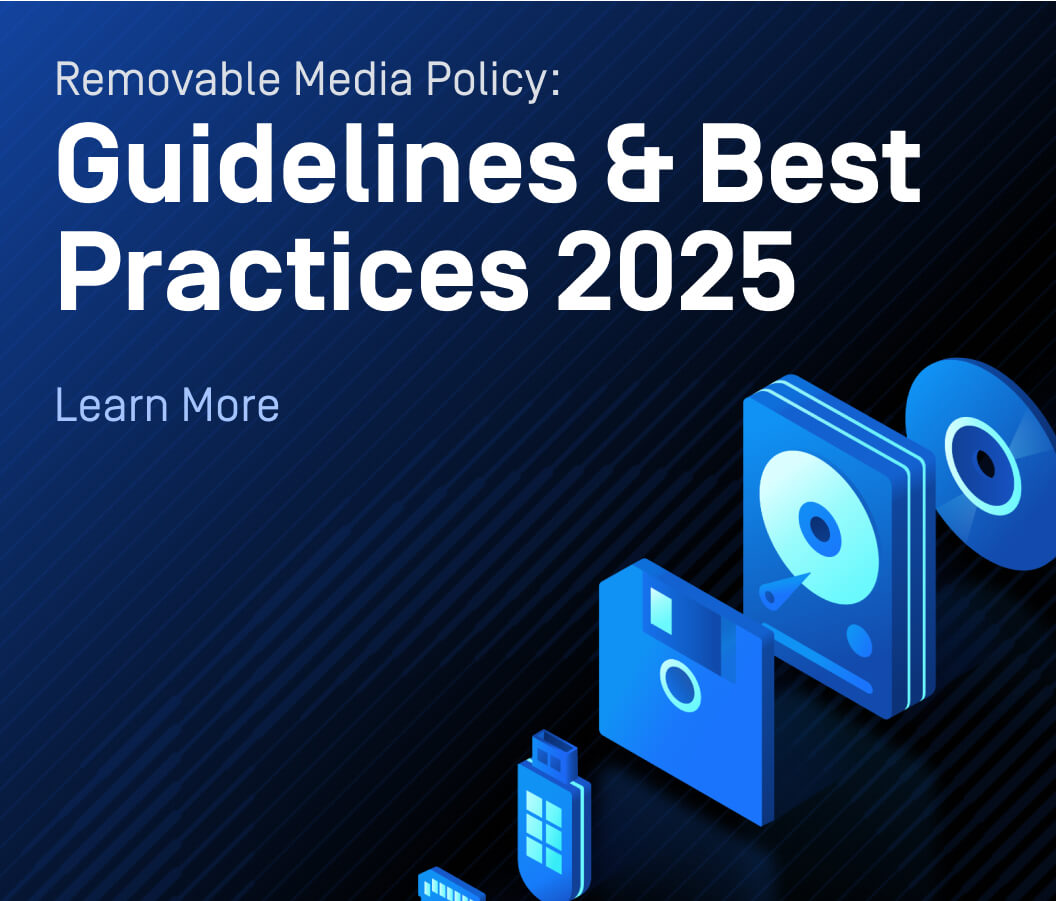Maintaining compliance in the world of critical infrastructure protection can give your organization a competitive edge, but getting there can be complex. There’s good news though—it doesn’t have to be. At OPSWAT we’ve spent two decades developing easy-to-use cybersecurity solutions purpose-built for protecting critical OT environments; and we’ve done so with cybersecurity compliance in mind.
An essential regulatory body for the North American bulk-power industry is NERC, and in this blog, we’ll help you cut through some of the noise as we cover five key concepts to consider for staying compliant with this critical regulation.
What is NERC CIP?
NERC is a non-profit organization that plays a critical role in ensuring the reliability and security of the bulk power system in North America. NERC develops and enforces standards for the operation and planning of the electric grid, aiming to promote the adequacy, reliability, and integrity of the electrical systems.
Specifically, NERC CIP (critical infrastructure protection) standards are designed to secure the assets and systems crucial for operating the bulk electric system in North America.
5 Key Concepts for NERC Compliance
It’s essential for the North American bulk power industry to stay compliant with NERC CIP standards, but where do you start? Here are five key concepts to consider when building cybersecurity strategy that aligns with NERC CIP.

Scanning Stations
Deploy scanning and sanitization stations at all points of entry, ensuring media entering critical areas can be easily scanned prior to use.

Physical Device Management
Regularly inventory and catalog authorized removable media devices. Monitor and manage the lifecycle of removable media devices, including disposal procedures.

Endpoint Protection
Deploy endpoint protection solutions to scan and detect malicious content on removable media devices before they’re mounted on critical endpoints.

Compliance Network Isolation
The implementation of a unidirectional security gateway (USG) or data diode enables organizations to maintain a one-way flow of information, preventing any unauthorized access from external networks to critical infrastructure systems. This ensures that critical assets remain secure from cyberthreats.

Incident Response Plan
Develop and regularly update an incident response plan that directly addresses cybersecurity incidents.
Next Steps
At the end of the day, no single form of protection on its own is enough to keep your critical environment secure, let alone compliant. The five concepts detailed above can be broken out into two categories: unidirectional security gateways and data diodes, and peripheral and removable media and transient cyber asset security. When layered together, these solutions help create a defense-in-depth cybersecurity that not only shrinks the overall attack surface your organization faces, but also goes a long way in helping it stay compliant with key regulations like NERC CIP.
Ready for OPSWAT to help you with your compliance needs? Talk to an expert today for more information.

